Rosetta Stone: Undergraduate students’ perceived usefulness and ease of use.
DOI:
https://doi.org/10.60590/PRSM.itec-iss8.140Keywords:
Rosetta stone, English language learning, Technology Acceptance Model, perceived usefulness, perceived ease of useAbstract
Moroccan higher education is witnessing colossal changes thanks to the technological advancement embodied in the recent reforms highlighting the importance of digital transformation. The acceleration plan for the transformation of higher education ‘PACTE ESRI 2030’ has shed light on the importance of developing more online platforms for a digitalized university. As a result, Rosetta stone has emerged as a platform for language learning. Therefore, this study explores Mohammed the first university students’ perceptions vis a vis the use of Rosetta stone for English language learning via an online questionnaire. The study focuses on students’ level of technology acceptance in terms of the platform’s perceived usefulness and ease of use which are two main elements within the Technology Acceptance Model (TAM). The study highlights also the advantages and limitations of using such platforms for improving language learning skills in addition to suggesting areas of improvement for a better implementation.
Downloads
Published
How to Cite
Issue
Section
License
Copyright (c) 2025 Innovation, Technology, Education and Communication

This work is licensed under a Creative Commons Attribution-NonCommercial 4.0 International License.


